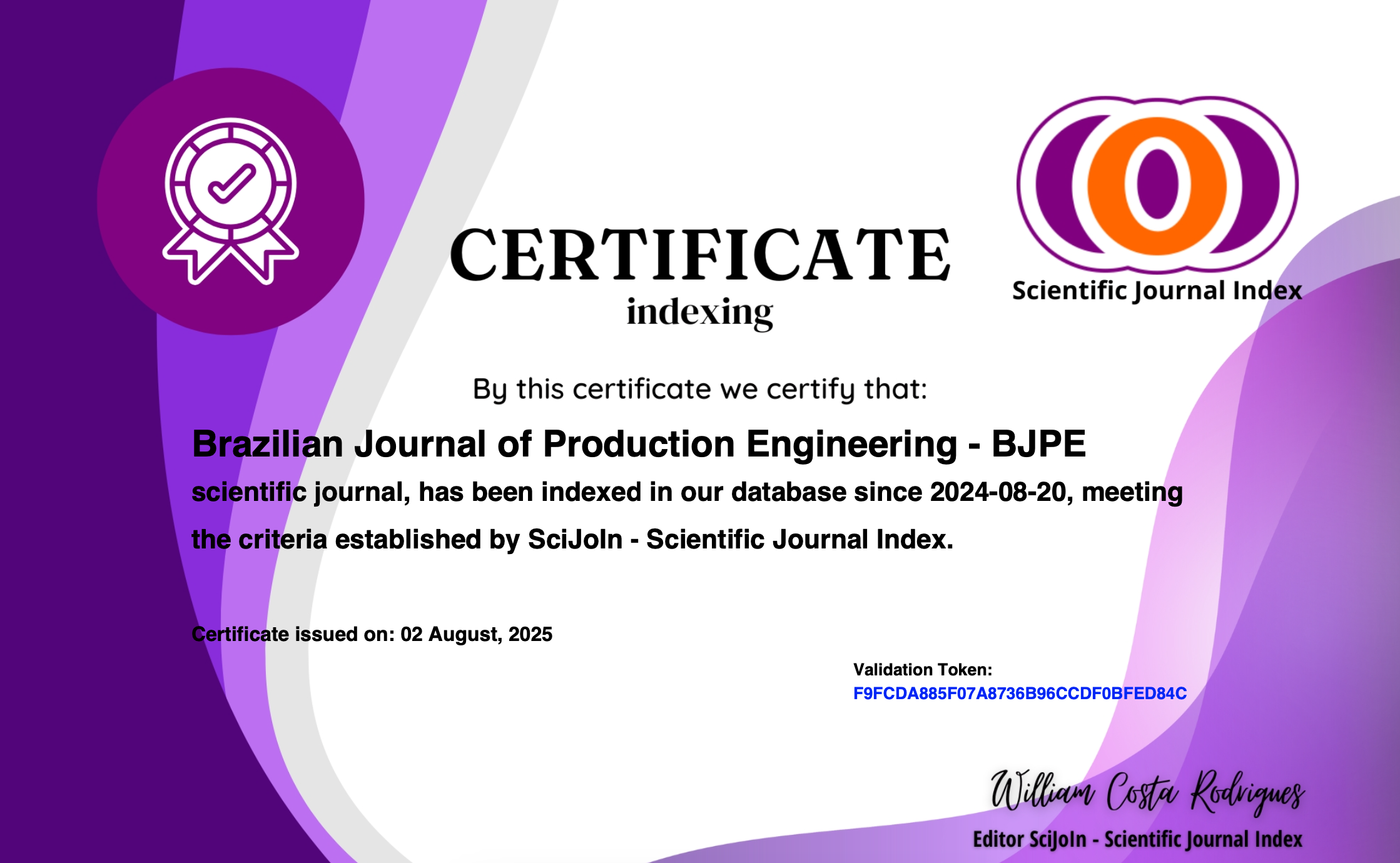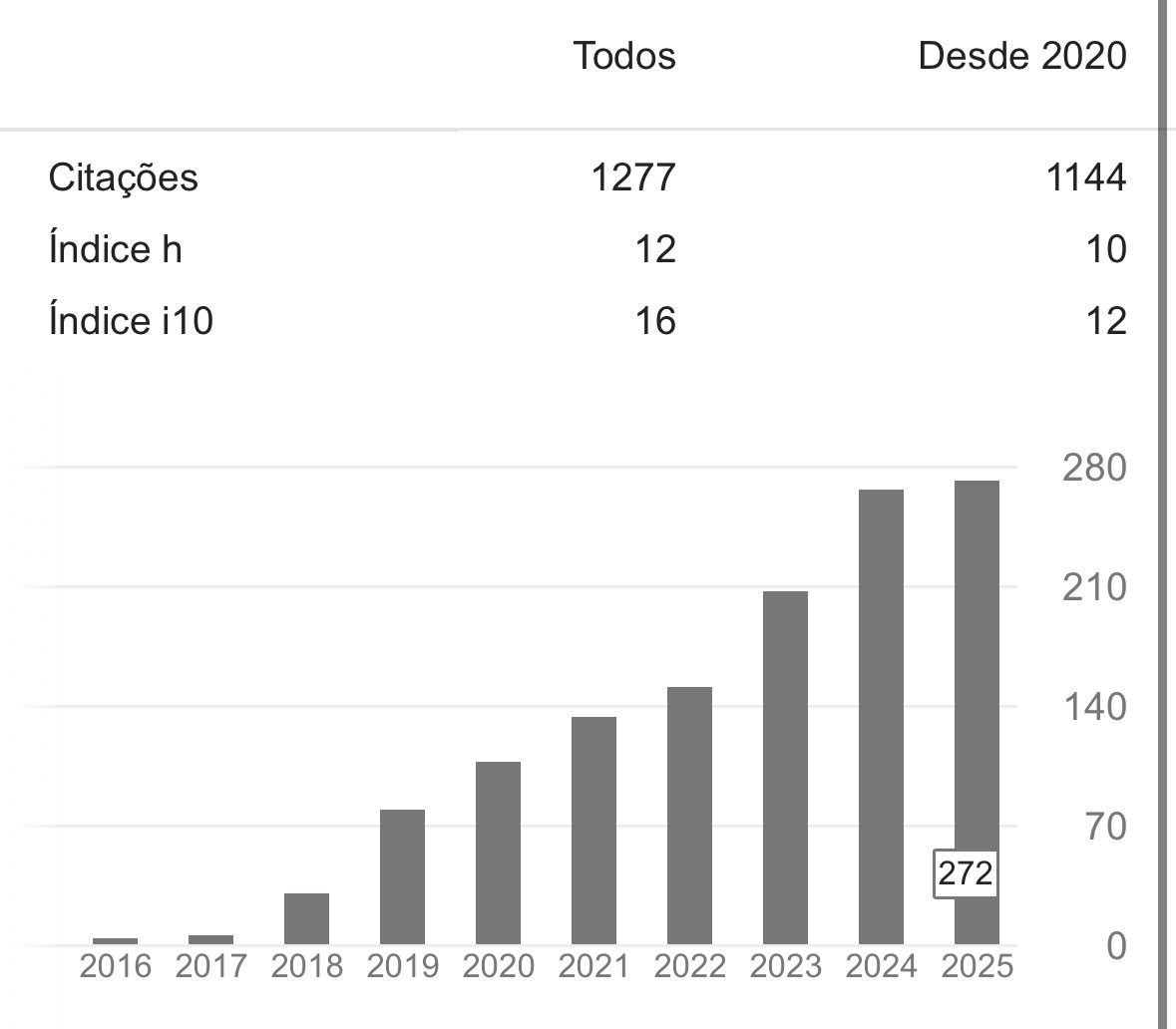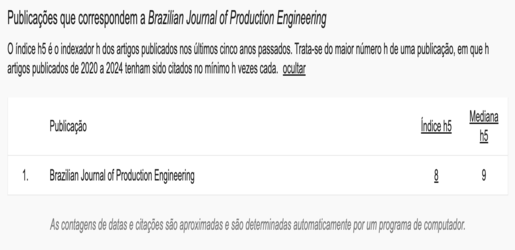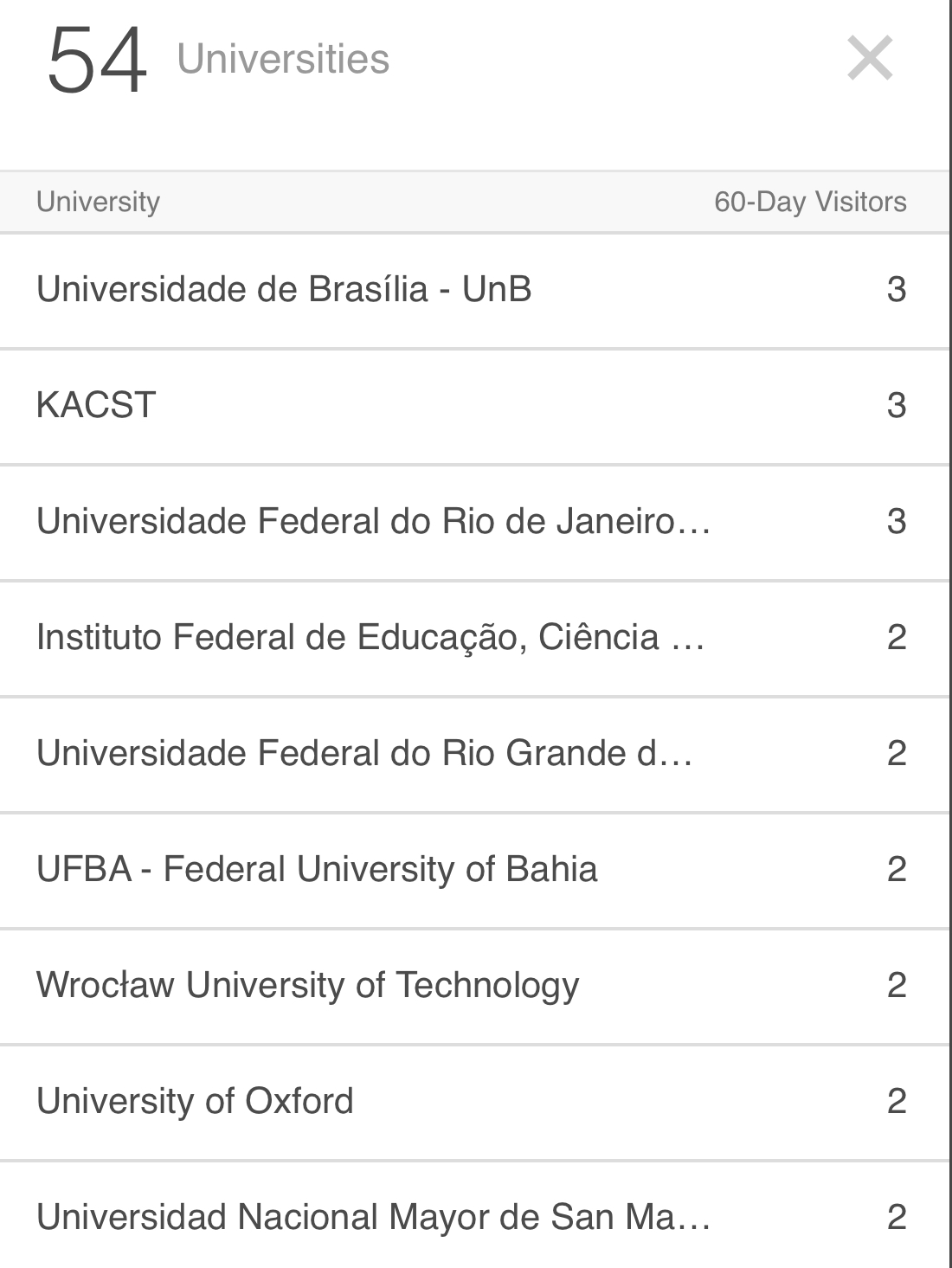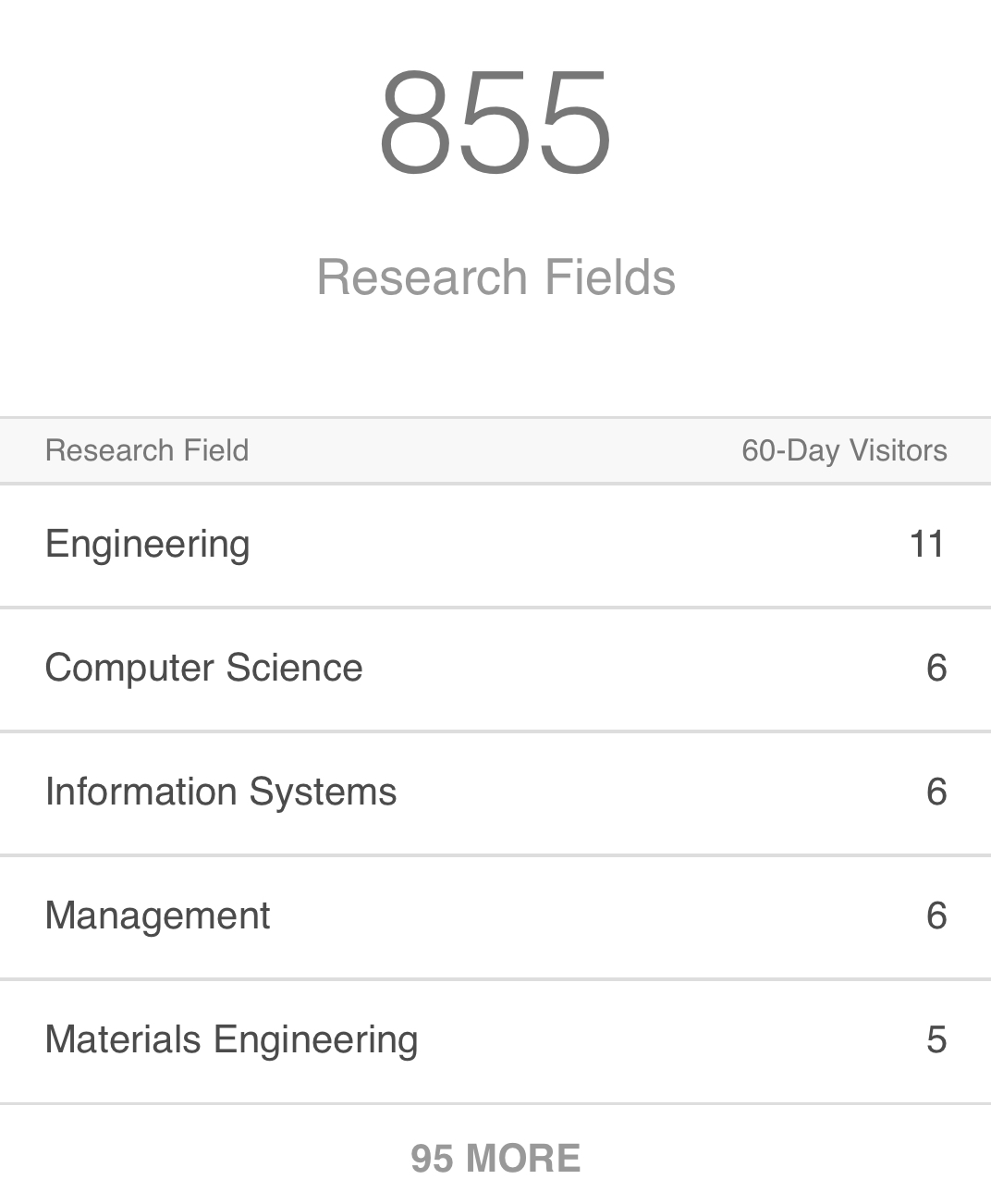METHOD OF APPLICATION OF INDUSTRY 4.0 IN AUTOMOTIVE ASSEMBLY LINES
Resumen
The present work has the objective of proposing a method for applying the concepts of industry 4.0 in automotive assembly lines. In methodological terms, a bibliometric analysis was conducted in order to build a bibliographic portfolio with a high impact factor on the subject. Then, the systemic analysis of such portfolio was carried out, extracting the main key technologies of industry 4.0 for the automotive sector, which are: internet of things, machine-learning systems, edge computing, digital twins, big data, cloud manufacturing and cyber-physical systems in manufacturing. As a research result, it was obtained a five step methodology for the application of industry 4.0 in automotive assembly companies. These steps are: search for industry 4.0 know-how, definition of goals and targets, training of employees, application of industry 4.0 key technologies and evaluation of results / feedback.Descargas
Referencias
ANDRADE JÚNIOR, P. P.. Método RIA: seleção de artigos para formação de um portfólio bibliográfico a partir de periódicos de alto fator de impacto. In press.
BI, Z.; XU, L.; WANG, C.. Internet of Things for Enterprise Systems of Modern Manufacturing. Ieee Transactions on Industrial Informatics. 2014, 10(2), 1537-1546.
BISIO, I. et al. Exploiting Context-Aware Capabilities over the Internet of Things for Industry 4.0 Applications. Ieee Network. 2018, 32(3), 108-115.
CHEN, S. et al. A Vision of IoT: Applications, Challenges, and Opportunities With China Perspective. Ieee Internet Of Things Journal. 2014, 1(4), 349-359.
CHERUBINI, A. et al. Collaborative manufacturing with physical human–robot interaction. Robotics And Computer-integrated Manufacturing. 2016, 40, 1-13.
CHIANG, M.; ZHANG, T.. Fog and IoT: An Overview of Research Opportunities. Ieee Internet Of Things Journal. 2016, 3(6), 854-864.
ESMAEILIANA, B.; BEHDAD, S.; WANG, B.. The evolution and future of manufacturing: A review. Journal Of Manufacturing Systems. 2016, 39, 79-100.
FERRÀS-HERNÁNDEZ, X.; TARRATS-PONS, E.; ARIMANY-SERRAT, N.. Disruption in the automotive industry: A Cambrian moment. Business Horizons. 2017, 60(6), 855-863.
FISHER, O. et al. Cloud manufacturing as a sustainable process manufacturing route. Journal Of Manufacturing Systems. 2018, 47, 53-68.
HE, K.; ZHANG, Q.; HONG, Y.. Profile monitoring based quality control method for fused deposition modeling process. Journal Of Intelligent Manufacturing. 2018, 30(2), 1-12.
JESUS, R.A.. Adaptação de um método para adoção de requisitos do programa industrie 4.0: aplicação em uma montadora de veículos. Master degree, Universidade Metodista de Piracicaba, Santa Bárbara D´oeste, 2017.
KAMBLE, S. S.; GUNASEKARAN, A.A; SHARMA, R.. Analysis of the driving and dependence power of barriers to adopt industry 4.0 in Indian manufacturing industry. Computers in Industry. 2018, 101, 107-119.
LI, H.; OTA, K.; DONG, M.. Learning IoT in Edge: Deep Learning for the Internet of Things with Edge Computing. Ieee Network. 2018, 32(1), 96-101.
LIN, J. et al. A Survey on Internet of Things: Architecture, Enabling Technologies, Security and Privacy, and Applications. Ieee Internet Of Things Journal. 2017, 4(5), 1125-1142.
MINOLI, D.; SOHRABY, K.; OCCHIOGROSSO, B.. IoT Considerations, Requirements, and Architectures for Smart Buildings—Energy Optimization and Next-Generation Building Management Systems. Ieee Internet Of Things Journal. 2017, 4(1), 269-283.
MONOSTORI, L. et al. Cyber-physical systems in manufacturing. Manufacturing Technology. 2016, 65(2), 621-641.
PANDEY, A.; PRADHAN, S. K.. Investigations into Complete Liquefier Dynamics and Optimization of Process Parameters for Fused Deposition Modeling. Materials Today. 2018, 5(5), 12940-12955.
PREMSANKAR, G.; FRANCESCO, M.; TALEB, T.. Edge Computing for the Internet of Things: A Case Study. Ieee Internet Of Things Journal. 2018, 5(2), 1275-1284.
PwC. Industry 4.0: digitalization as a competitive advantage in Brazil. 2016. Available online: https://www.pwc.com.br/pt/publicacoes/servicos/assets/consultoria-negocios/2016/pwc-industry-4-survey-16.pdf (acessed on 01/07/2018).
SCHLUSE, M.L. et al. Experimentable Digital Twins—Streamlining Simulation-Based Systems Engineering for Industry 4.0. Ieee Transactions On Industrial Informatics. 2018, 14(4), 1722-1731.
SHARP, M.; AK, R.; HEDBERG JUNIOR, T.. A survey of the advancing use and development of machine learning in smart manufacturing. Journal Of Manufacturing Systems. 2018, 48(C), 115-136.
SHI, W. et al. Edge Computing: Vision and Challenges. Ieee Internet Of Things Journal. 2016, 3(5), 637-646.
SUSTO, G. A. et al. Machine Learning for Predictive Maintenance: A Multiple Classifier Approach. Ieee Transactions On Industrial Informatics. 2014, 11(3), 812-820.
TAO, F. et al. Data-driven smart manufacturing. Journal Of Manufacturing Systems. 2018, 48(C), 130-139.
WAN, J. et al. A Manufacturing Big Data Solution for Active Preventive Maintenance. IEEE Transactions On Industrial Informatics. 2017, 13(4), 18-27.
WANG, J. et al. Deep learning for smart manufacturing: Methods and applications. Journal Of Manufacturing Systems. 2018, 48(C), 128-132.
WANG, T. et al. Data-driven prognostic method based on self-supervised learning approaches for fault detection. Journal Of Intelligent Manufacturing. 2018, p. 26-38.
WANG, M. et al. Machine Learning for Networking: Workflow, Advances and Opportunities. Ieee Network. 2017, 32(2), 92-99.
WANG, L.; TÖRNGREN, M.; ONORI, M.. Current status and advancement of cyber-physical systems in manufacturing. Journal Of Manufacturing Systems. 2015, 37(2), 517-527.
WU, D. et al. Cloud manufacturing: Strategic vision and state-of-the-art. Journal Of Manufacturing Systems. 2013, 32(4), 564-579.
WU, D. et al. A fog computing-based framework for process monitoring and prognosis in cyber-manufacturing. Journal Of Manufacturing Systems. 2017, 53(1), 25-34.
XU, L.; HE, W.; LI, S.. Internet of Things in Industries: A Survey. Ieee Transactions On Industrial Informatics. 2014, 10(4), 2233-2243.
XU, X.. From cloud computing to cloud manufacturing. Robotics And Computer-integrated Manufacturing. 2012, 28(1), 75-86.
ZHANG, J. et al. Automatic assembly simulation of product in virtual environment based on interaction feature pair. Journal Of Intelligent Manufacturing. 2018, 29(6), 1235-1256.
ZHONG, R.Y. et al. Intelligent Manufacturing in the Context of Industry 4.0: A Review. Engineering. 2017, 3(5), 616-630
Descargas
Publicado
Número
Sección
Licencia
Derechos de autor 2019 Brazilian Journal of Production Engineering - BJPE

Esta obra está bajo una licencia internacional Creative Commons Atribución-NoComercial-CompartirIgual 4.0.

Todas las obras publicadas en la Revista Brasileña de Ingeniería de Producción (BJPE) están bajo la licencia Creative Commons Atribución 4.0 Internacional (CC BY 4.0).
Esto significa que:
Cualquier persona puede copiar, distribuir, exhibir, adaptar, remezclar e incluso utilizar comercialmente el contenido publicado en la revista;
Siempre que se reconozca debidamente a los autores y a BJPE como fuente original;
No se requiere permiso adicional para la reutilización, siempre que se respeten los términos de la licencia.
Esta política cumple con los principios de acceso abierto, promoviendo la amplia difusión del conocimiento científico.



2.png)
